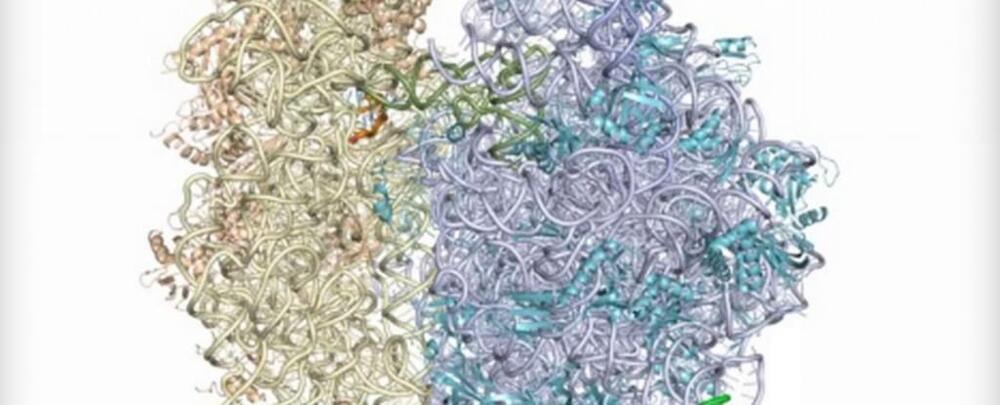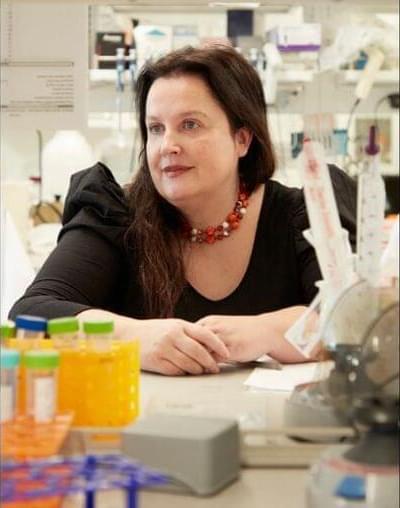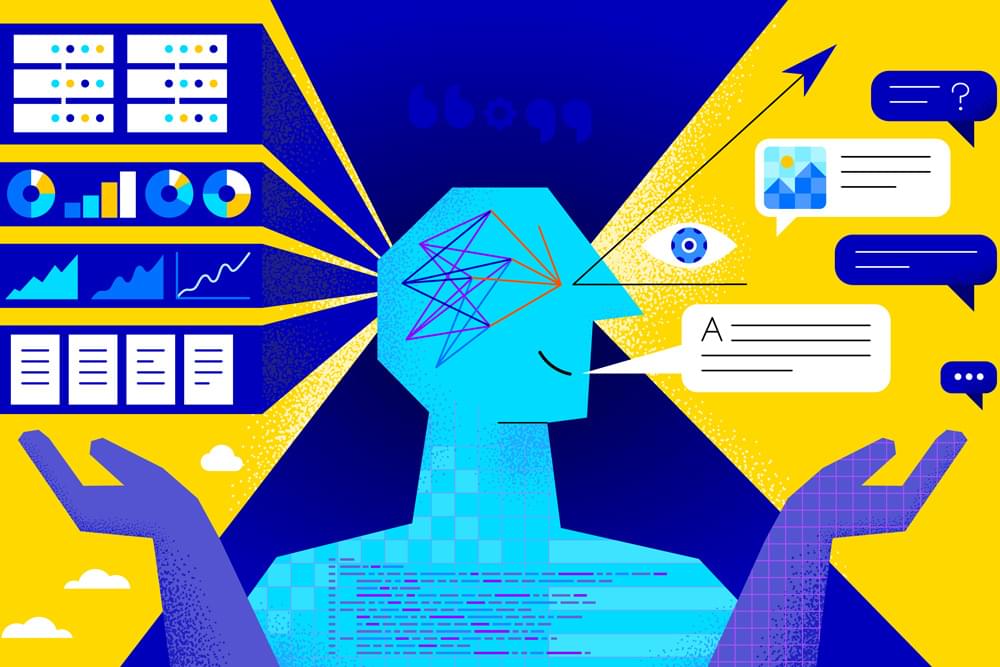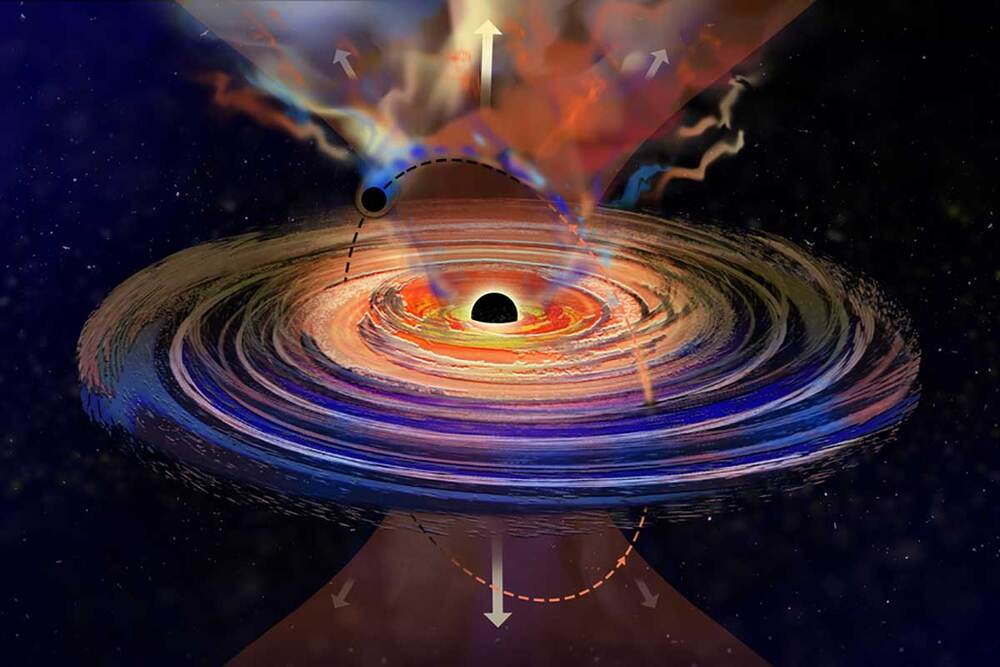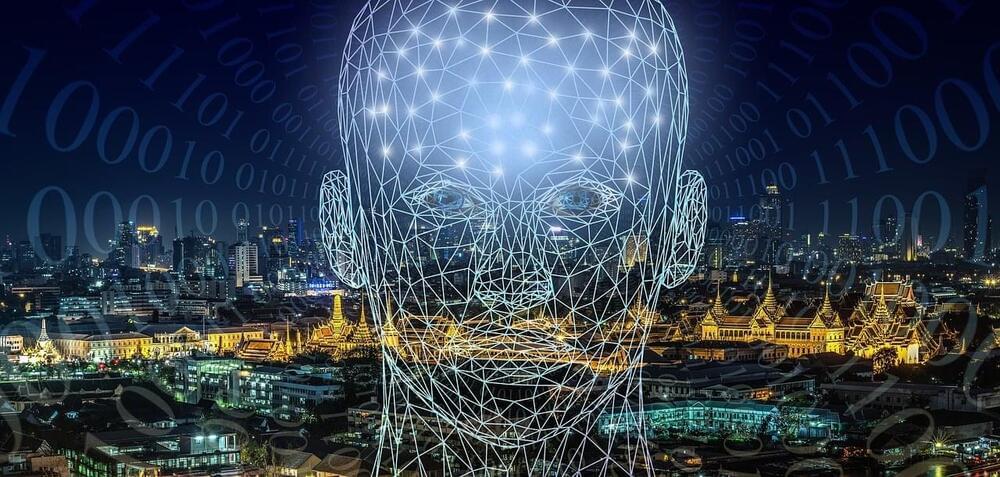Researchers in the US have developed a synthetic molecular structure called the Ribo-T, and it can be placed inside a living cell to produce specialised proteins and enzymes at almost the same efficiency as an actual ribosome.
Found inside all living cells, ribosomes are dense, complex structures that catalyse a constant stream of protein chains by linking amino acids together in the order specified by messenger RNA (mRNA) molecules. These cellular workhorses are basically in charge of decoding your DNA, and now scientists have manufactured a molecular device that can not only produce protein chains in a test-tube almost as well as a real ribosome, but can also churn out enough protein in bacterial cells without any natural ribosomes to keep them alive.
The team, with researchers from the University of Illinois at Chicago and Northwestern University, says not only will the Ribo-T help them to better understand how our own ribosomes function, but it could lead to more effective drugs and next-gen biomaterials, with these little protein factors churning out whatever we need.
